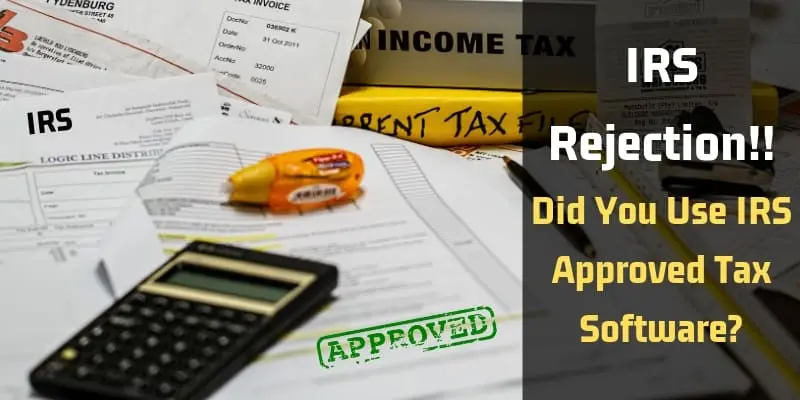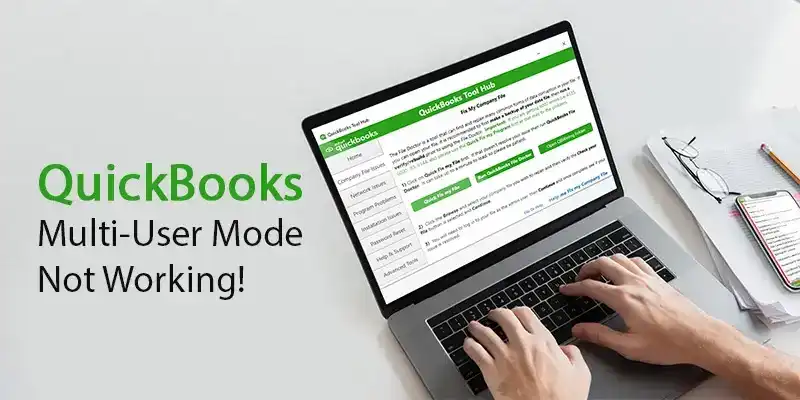
IRS Rejection!! Did You Use IRS-Approved Tax Software?
Nothing is more frustrating than preparing your tax return, hitting “submit,” and then seeing a dreaded message: “Rejected by IRS.” If this happened to you, you’re not alone. Every tax season, thousands of returns get rejected due to incorrect information, inconsistencies, or because taxpayers used software that isn’t updated or IRS-approved.
The good news? An IRS rejection doesn’t mean you’re in trouble—and it’s completely fixable. Here’s why it happens, what steps you should take, and how to ensure a smooth filing experience this season.
Why Tax Returns Get Rejected by the IRS
Before you panic, understand that rejections typically occur before the IRS officially accepts your return. This means the IRS system detected an error that needs fixing—not that you owe penalties.
Some common reasons include:
1. Non-Approved or Outdated Tax Software
If your software isn’t IRS-certified or hasn’t been updated for the current tax season, it may format or transmit your return incorrectly.
2. Incorrect Personal Information
Mistyped details such as:
- Social Security numbers
- Date of birth
- Spelling of names (must match SSA records)
3. Mismatched Employer or Income Information
If what you entered doesn’t match your W-2, 1099, or employer-filed info.
4. Duplicate Filing
If someone else has already filed a return using your SSN (often due to identity theft or dependent-claim issues).
5. Missing or Invalid Signatures
Electronic signature PINs or AGI mismatches can also trigger rejections.
Step-By-Step Guide: How to Fix an IRS Rejection
Instead of stressing, follow this simple process:
1. Read the Code in Your Rejection Notice
Your IRS e-file rejection comes with a specific code (like IND-031 or F1040-512).
This tells you exactly what needs correcting.
2. Correct the Error in Your Tax Software
Log back into your tax software, find the error, and fix it.
Most IRS-approved platforms highlight the exact line that needs correction.
3. Resubmit Your Return – FOR FREE
If your return was rejected, you can re-file electronically without paying again.
4. If It Rejects Again, Double-Check Your AGI
Incorrect Adjusted Gross Income from last year is a top reason for repeat rejections.
Verify it from:
- Last year’s 1040
- IRS transcript (if needed)
5. File by Mail as a Last Resort
If your return keeps rejecting due to identity issues or dependent claims, mailing a paper return may be the only option.
Did You Use IRS-Approved Tax Software?
This is crucial. Using tools that are not IRS-authorized can lead to:
- Formatting errors
- E-file rejections
- Delayed refunds
- Incorrect tax calculations
Always verify your software appears on the official IRS Authorized e-File Provider list for the current tax year.
If your software isn’t on the list, switch immediately. Using an approved provider ensures:
- Accurate forms
- Faster acceptance
- Automatic IRS updates
- Better error checking
- Secure e-filing
Tips to Avoid IRS Rejection This Season
Here’s how you can reduce chances of getting a rejection in 2025:
- Use IRS-approved, updated software
- Double-check your SSN, legal name, and birthdate
- Enter W-2 and 1099 information exactly as shown
- Verify your previous year’s AGI
- Avoid filing too early before employers report income
- Sign electronically with correct PIN or AGI
- File early to avoid identity-theft complications
Conclusion
An IRS rejection might feel alarming, but think of it as an early correction before your return is officially processed. With the right tax software, careful review, and quick adjustments, you can get your return accepted smoothly and avoid delays in refunds.






